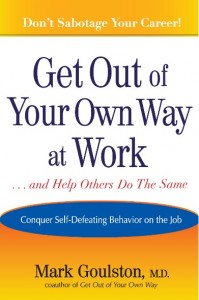We all have new tricks to share

His point was that each of us upon initial interaction have prejudices we bring to the table. Before most introductions we come with pre-conceived notions about who that person is – based on their looks, their title – whatever. He has a funny ice-breaker in which he picks out someone in the audience and throws out a typecast. That morning he picked a white guy in the front row and brought some laughs about how that person was probably an Irish beer-drinking, weekend golf hacker, etc… The routine isn’t crass, he is also making fun of himself as he comes from a humble Pittsburgh background and has himself worked through such prejudices. The point, of course, is when you open yourself to the possibility that each person can bring interesting, valuable insights to the conversation, you can create the possibility of instant intimacy in that moment. Keith is inviting people to discard prejudices to then find and build powerful new relationships.
Ok – so that’s clear and obvious enough, but I started thinking about how long-time entrenched relationships can also be leaden with existing preconceptions you may have with the people you already know very well. You can almost hear your mind say, “here she goes again” when the professional you know so well starts to weigh in on a conversation. Consider your next meeting in which your long-time colleague starts in with, “In my opinion…” and halt your prejudices for a moment. Just halt your expectations for a moment. Your inclination might be to anticipate their point of view and shut off your mind to what they might contribute.
Don Sull, whom we interviewed last year at London Business School, makes a compelling case that organizational leaders need to lean far on the side of invitational openness in discussions in order to allow all voices at the table to contibute clearly and openly. If the goal is to find a solution somewhere between linear command-and-control and unregulated chaos, a leader needs to err on the side of openness to bring the best ideas to the table. The lesson here is to curb your prejudices not only in new interactions, but also among those fellow colleagues whom you may have known for a long time. If we believe we have the capacity to grow in our thinking, have the similar mindset when listening to trusted colleagues. We all have new tricks to share.



